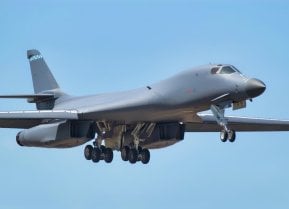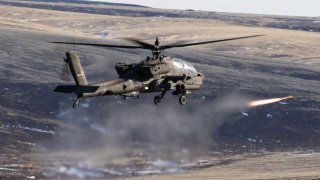AH-64 Apache Might Be the Ultimate Attack Helicopter
The AH-64 was first "blooded" in combat during Operation Just Cause in Panama in December 1989. The warbirds provided fire support for an assault on the Comandancia building of Panamanian strongman Manuel Noriega's Panamanian Defense Forces (PDF).
The AH-64 Apache made her maiden flight on 30 September 1975 but didn't enter into official operational status with the Army until April 1986. Let us take a look at what makes this attack helicopter truly special.
Meet the AH-64 Apache
The chopper was produced by Hughes Helicopters (now known as MD Helicopters) from 1975 to 1984, followed by McDonnell Douglas from 1984 to 1997, and finally Boeing from 1997 to the present, with a total of 2,400 produced as of April 2020.
The aircraft was designed as a replacement for the AH-1 Cobra (yes, the U.S. Marine Corps continued to use the "Whiskey Cobra" all the way up until 2020, but that's a different story.)
As is typically the case with any weapons system, the AH-64 went through some teething issues and growing pains (metaphorically speaking). In turn, as is typically the case with the so-called mainstream media (MSM) regarding budding weapons systems, the MSM had a field day with horror stories about the Apache's issues.
In particular, I remember a 1990 60 Minutes segment (I've tried to find it on YouTube and Google for our readers' benefit but to no avail), which was particularly alarmist, depicting the warrior whirlybird as a hopelessly unreliable deathtrap. Fortunately, the true believers in the Apache's potential, on the Army and manufacturers' sides of the fence alike, paid no heed to the MSM doomsayers and persevered.
In her current iteration, the Apache carries a crew of two — pilot and co-pilot/gunner — and a daunting arsenal consisting of the M230 30mm Chain Gun; Hydra-70 and CRV7 (definitely not to be confused with the Honda CR-V 7-seater) 70 mm air-to-ground rockets, the AGM-114 Hellfire missile, and AIM-92 Stinger.
The whirlybird has a fuselage length of 49 feet 5 inches (15.06 meters), a height of 12 feet 8 inches (3.87 meters), and a maximum takeoff weight of 23,000 pounds (10,433 kilograms). Max airspeed is 227 mph (366.32 kph/ 197.25 knots) and cruise speed is 165 mph (265 kph/ 143 knots).
Aerial Apaches Arise and Attack
The AH-64 was first "blooded" in combat during Operation Just Cause in Panama in December 1989. The warbirds provided fire support for an assault on the Comandancia building of Panamanian strongman Manuel Noriega's Panamanian Defense Forces (PDF). As noted in an official document published by the Joint History Office of the Office of the Chairman of the Joint Chiefs of Staff (JCS), "The Hellfire missiles of the Apache helicopters were so accurate that, according to General [Carl W.] Stiner, 'You could fire that Hellfire missile through a window four miles away at night.' During the fighting, Task Force BAYONET killed 24, wounded 9, and captured 463 PDF troops."
However, as impressive as that first combat performance of the Apache was, that was, relatively speaking, the metaphorical "calm before the storm"…as in 1991's Operation Desert Storm.
It was here that the hell-raising Hellfire-hurling helicopters truly made their biggest impact on military aviation history, as noted by the GlobalSecurity.org website:
"On 17 January 1991, four MH-53J Pave Low III helicopters from the 20th Special Operations Squadron led two flights of Apaches to make the first strike of the war. Pilots of the two flights, eight AH-64A Apache attack helicopters of 101st Airborne Division (Air Assault) fired the first shots of Operation Desert Storm. Codenamed "Normandy", in remembrance of the 101st "Screaming Eagles" airborne operation during World War II, the dangerous mission consisted of simultaneous attacks designed to knock-out two key early-warning radar installations in western Iraq at precisely 0238 hours, 17 January 1991. Both radar sites, each hit by a team of four Apaches, were destroyed within a time span of 4.5 minutes. Each pilot's primary target became the secondary target for adjacent Apache team members."
From there, the Apache crews destroyed more than 500 of Saddam Hussein's Iraqi tanks plus hundreds of additional armored personnel carriers, trucks and other vehicles. As for the aforementioned reliability horror stories propagated by 60 Minutes and other MSM pundits, the GlobalSecurity article points out that "Apaches also demonstrated the ability to perform when called upon, logging thousands of combat hours at readiness rates in excess of 85 percent during the Gulf War." (emphasis added)
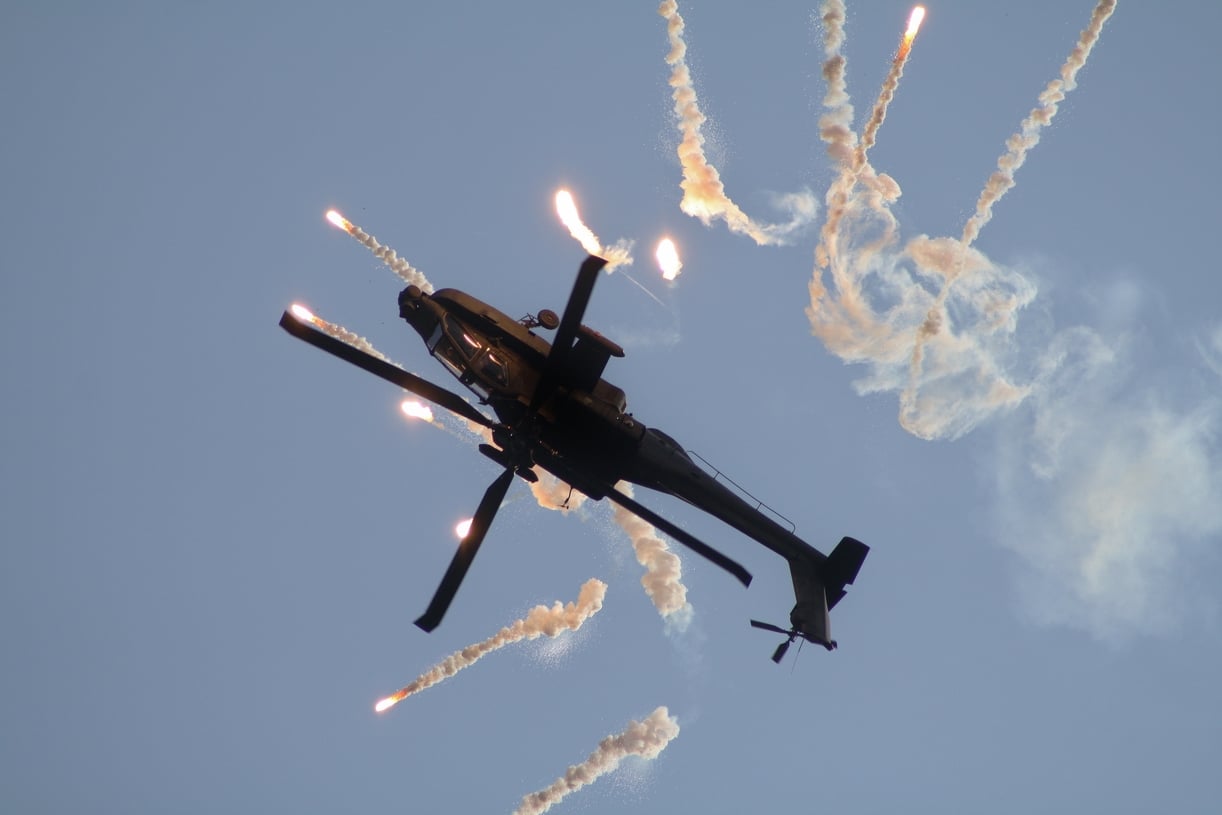
Admittedly, the Apache's reputation did take a bit of a hit — both literally and figuratively — during Operation Enduring Freedom in Afghanistan and during Operation Iraqi Freedom. In the former instance, during the commencement of Operation Anaconda on 1 March 2002, seven Apaches were deployed to provide responsive close air support (CAS) for anti-Taliban/anti-al-Qaeda Coalition forces; as expected, the Apache drivers put up a valiant fight, but in turn, four were so severely damaged by enemy ground fire they had to be written off, and five out of the six were non-mission-capable by the end of the first day.
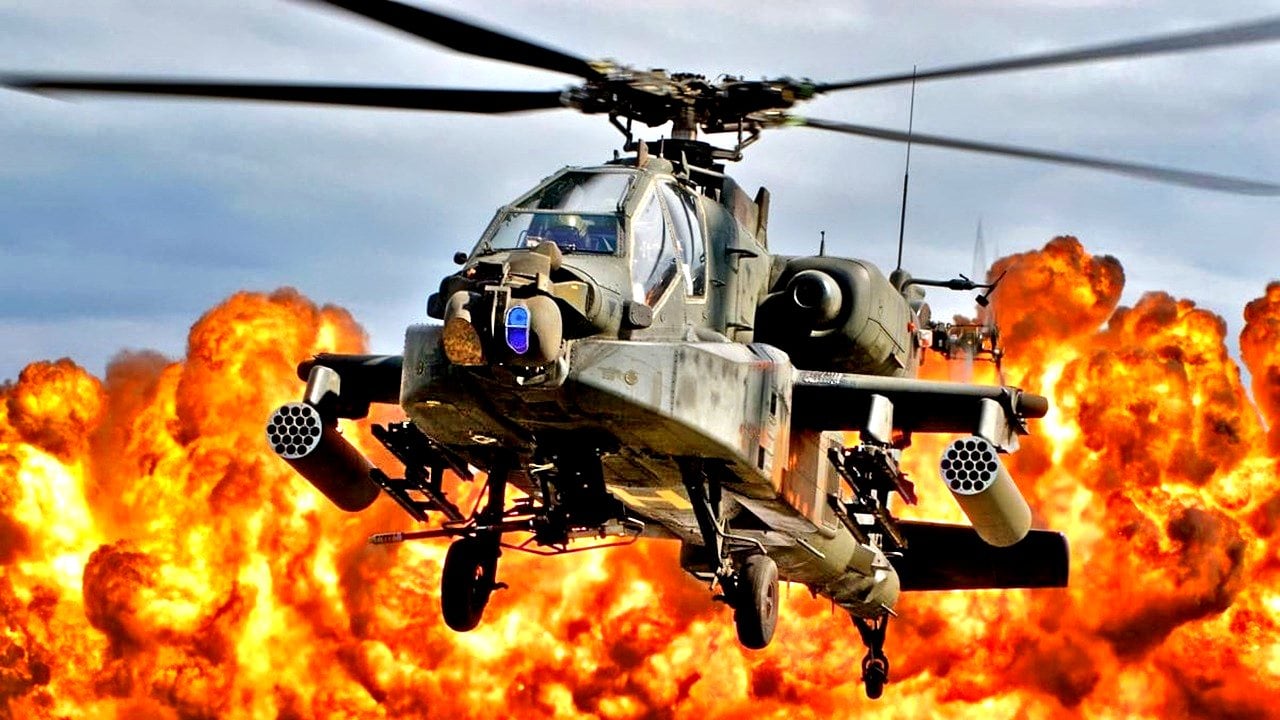
In the latter instance, in an incident at Najaf on 24 March 2003, 32 AH-64s were dispatched to mount an attack behind enemy lines against the Iraqi Republican Guard Medina Division. However, as noted by Air Force Magazine reporter Richard J. Newman, "The corridor near Najaf that the Apaches planned to fly through was modestly populated, so commanders decided against the usual suppression fire—mainly artillery—used to silence enemy forces that could threaten the helicopters. That opening gave the Iraqis one of their few battlefield victories of the war. A fusillade of small-arms and anti-aircraft fire downed one Apache and its two-man crew. The other helicopters in the raid retreated before the mission could be accomplished."
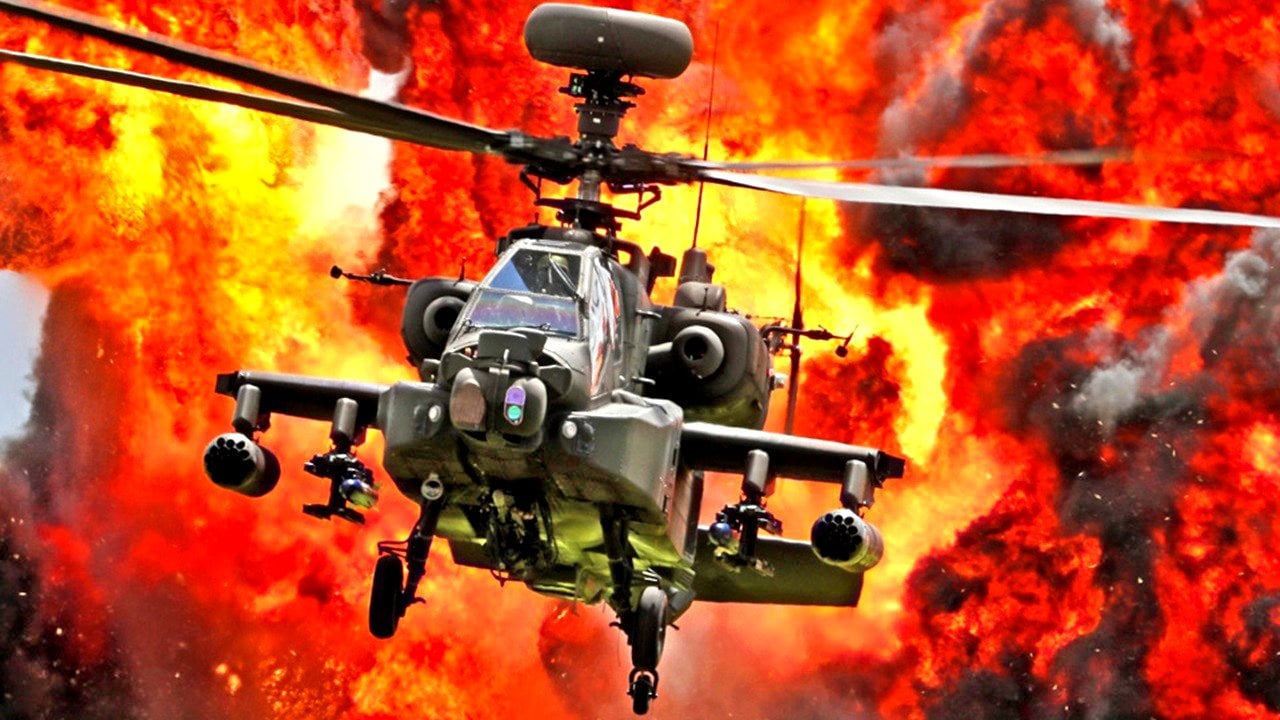
Driving On (and Flying On)
Nearly two decades after those battlefield setbacks, the Apache continues to soldier on, not just with the U.S. Army, but with the air forces of Israel, Egypt, and the Netherlands.
About the Author
Christian D. Orr is a former Air Force officer, Federal law enforcement officer, and private military contractor (with assignments worked in Iraq, the United Arab Emirates, Kosovo, Japan, Germany, and the Pentagon). Chris holds a B.A. in International Relations from the University of Southern California (USC) and an M.A. in Intelligence Studies (concentration in Terrorism Studies) from American Military University (AMU). He has also been published in The Daily Torch and The Journal of Intelligence and Cyber Security. Last but not least, he is a Companion of the Order of the Naval Order of the United States (NOUS).
